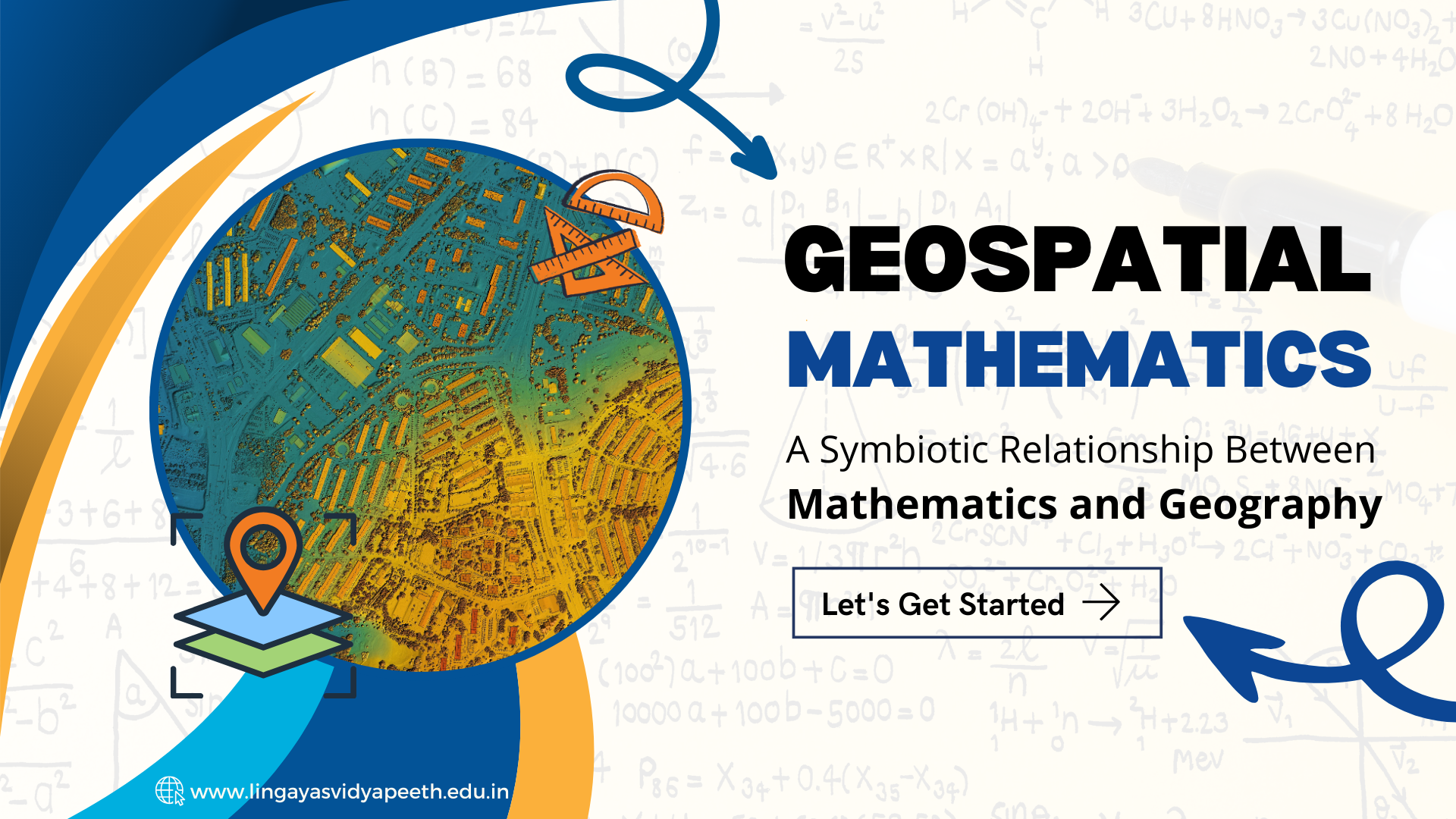Home » Geospatial Mathematics: A Symbiotic Relationship Between Mathematics and Geography

Have you ever looked at a map and marveled at its ability to represent the vastness of our planet on a single sheet? Or used a GPS app to navigate unfamiliar streets with pinpoint accuracy? These seemingly simple feats are powered by the intriguing field of geospatial mathematics.
Imagine a world where numbers and shapes tell stories about the Earth. Geospatial mathematics is exactly that! It’s the bridge between the study of Earth’s features (geography) and the language of patterns and relationships (mathematics). This dynamic field allows us to quantify, model, and analyze spatial phenomena on our planet.
Algebra puzzles are a great way to challenge your mathematical skills
Mathematics and AI: The Power Duo Driving the Future of Technology
Conclusion:
In conclusion, geospatial mathematics serves as a powerful lens through which we can explore and understand the complex spatial relationships that define our world. From mapping the Earth’s surface to analyzing spatial data and modeling spatial phenomena, geospatial mathematics offers a rich tapestry of techniques and applications that transcend disciplinary boundaries. By harnessing the power of geospatial mathematics, we can unlock new insights, drive innovation, and make informed decisions that shape the future of our planet.
Are you passionate about mathematics and want to pursue a BSc in Mathematics? Choose the Best Colleges in Faridabad for BSc Mathematics, Lingaya’s Vidyapeeth provides a dynamic learning environment where students can thrive and excel.
Additionally, its vibrant campus community offers world-class facilities, ample opportunities for research, internships, and extracurricular activities, ensuring a well-rounded educational experience. Enroll in Lingaya’s Vidyapeeth to embark on a transformative journey towards a rewarding career in mathematics!
From
Ms. Anjali
Assistant Professor
Department of Mathematics
Lingaya’s Vidyapeeth
BSc Mathematics Colleges in Delhi NCR
RECENT POSTS
CATEGORIES
TAGS
Agriculture Agriculture future AI Architecture artificial intelligence BA English BA Psychology BTech CSE BTech Engineering Business management career Career-Specific Education career guide Career Opportunities career option career scope Civil engineering commerce and management Computer Science Computer science engineering Data science degree education Engineering Engineering students English Literature english program Exam tips Fashion Design Fashion design course Higher Education Journalism journalism and mass communication law Law career Machine Learning MA Psychology Master degree mathematics MBA Mechanical Engineering Pharmacy Psychology Research and Development students
University Address: Nachauli, Jasana Road, Faridabad, Haryana
Toll Free: 1800-120-4613
Mobile : 8447744303 | 8447744304 | 8447744306 | 8447744309
Address: C-72, Second Floor, Shivalik, Near Malviya Nagar,
Above HDFC Bank, New Delhi 110017
Ph.No. - 011-46570515 / 45138169 / 41755703 / +91-7303152412
Jagmani Kutir, Ground Floor, Road No-1, Rajeev Nagar,
Near Darbar Marriage Hall, Patna-800024, Bihar
Contact No: 9818352069/8130120095
Mail: [email protected]
Copyrights © 1998 - 2025 Lingaya's Vidyapeeth (Deemed To Be University). All rights reserved.
It is important to note that the following email IDs and domains are fraudulent and do not belong to our university.
LV only conducts physical/online verification of any document related to examination on the following email id: